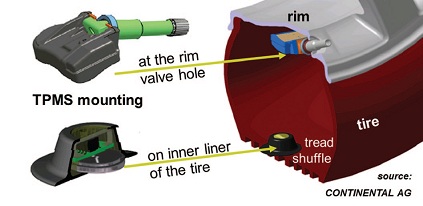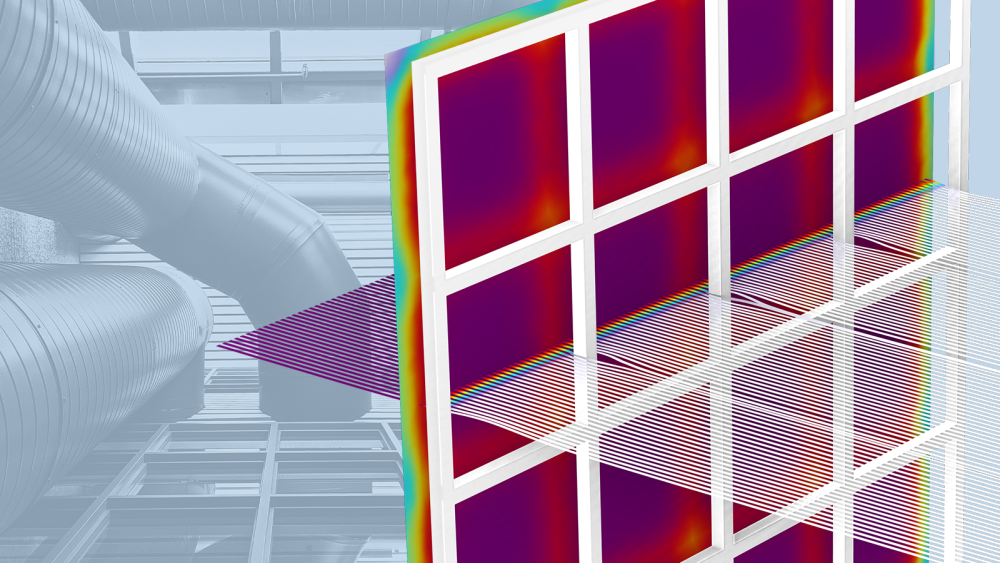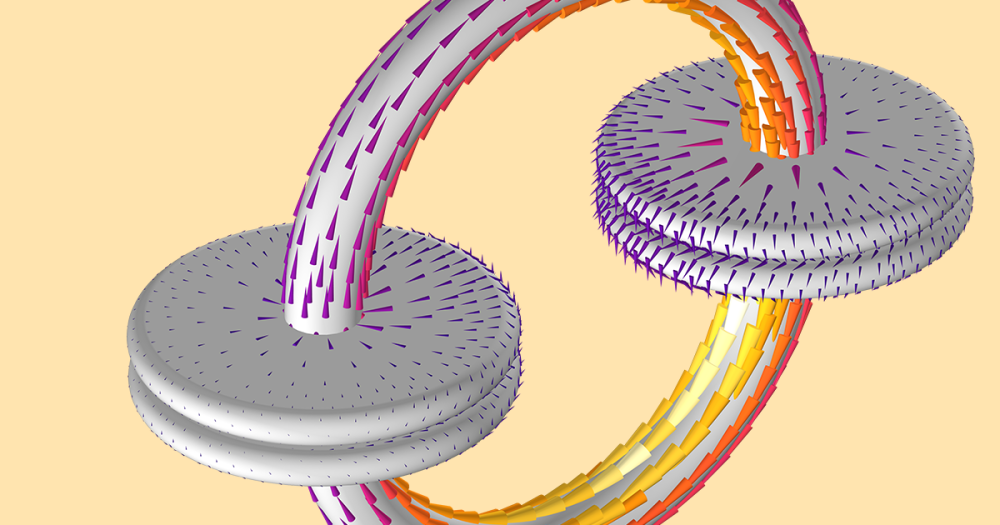
Much has been written lately about increasing the energy efficiency of cars. Batteries and fuel cells are very hot topics, and not so long ago I blogged about the University of Michigan’s use of solar cells to fully power a car. Yet, even on the smallest of scales, such as the sensors in your car, improvements are being made. Utilizing a MEMS (Micro Electromechanical System) piezoelectric energy harvester, Alexander Frej and Ingo Kuehne at Siemens Corporate Technology in Munich are contributing to increasing a car’s efficiency.

TPMS mounting options — on the rim or on the inner lining of the tire
Mounted on the rim or inner lining of a tire, the regular rolling and deformation of the tire provides mechanical energy to a cantilever beam as a deformation. The beam is made from a piezoelectric material, which has the ability to take mechanical energy and transform it into electrical energy. This then powers the sensor that transmits information about the tire’s pressure, temperature and other information for the driver to react accordingly. And it does all this without requiring a battery or some other external way to power the sensor.
This all seems simple enough. MEMS and piezoelectric devices are becoming commonplace these days so it wouldn’t be farfetched to imagine they’d be implemented throughout a car. Yet, positioning the device in the tire itself means that it would have to withstand a rather extreme environment. This includes withstanding large acceleration forces, while being light as to avoid tire imbalance.
That could all be done by creating a large number of prototypes and running numerous tests. However, Alexander and Ingo turned to using COMSOL Multiphysics to help with their designs’ optimization and reduce the number of these prototypes. Modeling the fluid-structure interaction (FSI) between the cantilever beam and the surrounding air in the tire was important, as it is this air that would dampen the beam’s deflections. This would vary because of air pressure and, because the device is actually measuring this pressure, it is important to investigate the devices’ reaction to such a changing pressure. You can read about how they achieved this in COMSOL News (as instant download or by requesting a hard copy).






Comments (0)